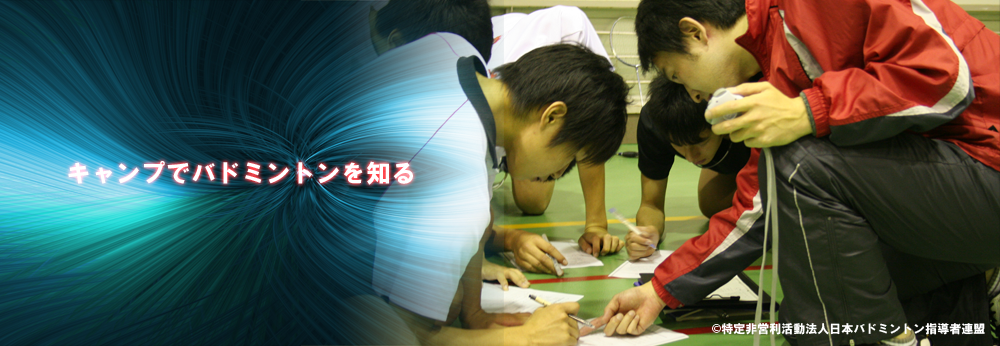ホーム › フォーラム › バドミントン・コミュニティー › Ceramic Capacitors: Types, Benefits, Applications, and Key Considerations in.
このトピックには0件の返信が含まれ、1人の投稿者がいます。2 ヶ月、 2 週間前に jeniferlamb15 さんが最後の更新を行いました。
-
投稿者投稿
-
jeniferlamb15NPO, which stands for Negative-Positive-Zero, refers to a specific dielectric material used in the construction of these capacitors. This material boasts exceptional thermal stability and low capacitance variation with temperature, making NPO capacitors ideal for high-precision applications. Unlike other types of capacitors that may exhibit significant changes in capacitance under varying temperatures, NPO capacitors maintain their performance across a wide range of conditions. This characteristic is particularly crucial in environments where electronic components are subjected to extreme temperatures, such as in automotive applications or satellite communication systems.
The term “NPO” stands for “Negative-Positive-Zero,” which refers to the temperature coefficient of the dielectric material used in these capacitors. NPO capacitors have a temperature coefficient of ±30 parts per million per degree Celsius (ppm/°C) across a wide temperature range, typically from -55°C to +125°C. This stability makes them ideal for precision applications where temperature fluctuations can affect circuit performance. Unlike other types of capacitors, which may exhibit significant changes in capacitance with temperature variations, NPO capacitors maintain their capacitance value, ensuring consistent performance over time.
The industrial sector also stands to benefit from the arrival of 200°C capacitors, particularly in applications involving high-temperature machinery and equipment. Industries such as oil and gas extraction, geothermal energy, and industrial automation often expose electronic components to extreme heat, making the need for reliable capacitors crucial.
Lastly, the shift towards more robust testing and regulatory standards in the medical field means that high temperature capacitors must pass rigorous evaluations to ensure their suitability. Manufacturers in the industry are constantly adapting and innovating to meet these stringent requirements, creating an atmosphere where cutting-edge technology meets healthcare needs effectively and reliably.
X7R ceramic capacitors are a type of multilayer ceramic capacitor (MLCC) characterized by their dielectric material, based on the X7R specification from the EIA RS-198 standard. The “X7R” classification indicates the capacitor’s temperature characteristics and stability. Specifically, X7R Custom capacitors by Circuit Functions can operate within a temperature range of -55°C to +125°C with a tolerance of ±15% in their capacitance changes, making them suitable for a variety of environments.
One of the standout features of ceramic capacitors is their non-polarized nature, which provides significant flexibility in circuit design. Non-polarity means they can be connected in any direction without the risk of malfunction, which simplifies their integration into electronic circuits. Furthermore, ceramic capacitors exhibit low equivalent series resistance (ESR) and inductance, minimal leakage currents, and outstanding reliability.
In recent years, the market for NPO ceramic capacitors has seen substantial growth. As technology advances and the Internet of Things (IoT) becomes more prevalent, the need for reliable and efficient components has never been greater. Industries such as telecommunications, consumer electronics, and automotive are all investing heavily in NPO capacitors to ensure their products meet the demands of modern consumers.
Traditionally, most capacitors have been rated for operation at temperatures up to 125°C, making them unsuitable for high-temperature applications such as automotive, aerospace, and industrial systems. However, as industries continue to demand more robust solutions, engineers and manufacturers have risen to the challenge, developing capacitors that can withstand temperatures as high as 200°C without compromising performance.
Moreover, these capacitors are not only designed for performance but also incorporate environmental considerations. Many manufacturers are focusing on sustainability, ensuring that the materials used in 200°C capacitors are not only effective but also environmentally friendly.
One of the key drivers behind the development of 200°C capacitors is the automotive industry, especially with the rise of electric vehicles (EVs). EVs require components that can endure high temperatures generated by electric motors and power electronics during operation. With higher thermal management demands, capacitors that can operate effectively at elevated temperatures are essential for ensuring reliability, longevity, and overall safety of the vehicle’s electronic systems.
The dielectric material in X7R capacitors typically consists of barium titanate combined with other ceramic materials to enhance their properties. This structure allows the capacitors to store and release electrical energy efficiently while maintaining stability across different temperatures. The capacitors are manufactured by layering alternating ceramic and metal layers, which increases their capacitance per volume and makes them compact and versatile for various electronic applications.
-
投稿者投稿






